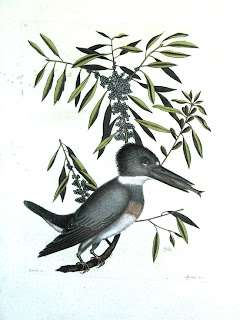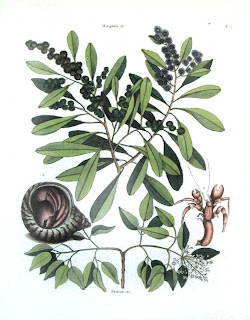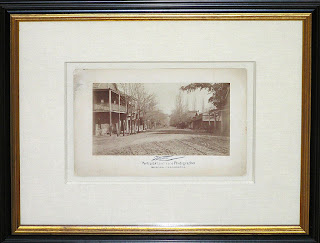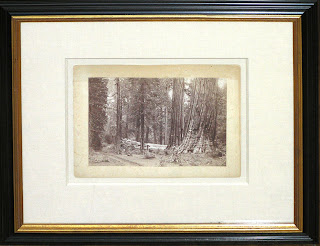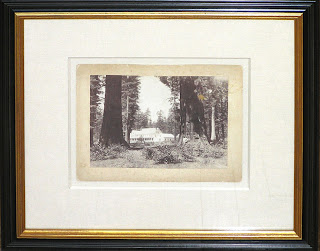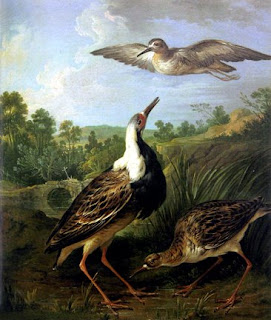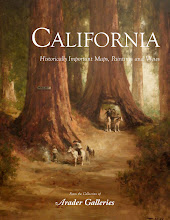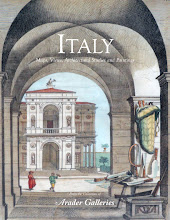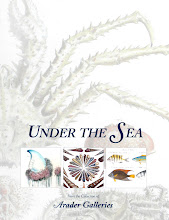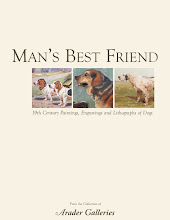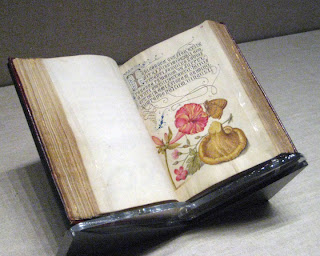 We highly recommend a visit the The Getty in Los Angeles to see the wonderful exhibit of works by Maria Sibylla Merian and her daughters.
We highly recommend a visit the The Getty in Los Angeles to see the wonderful exhibit of works by Maria Sibylla Merian and her daughters.A large exhibition of many incredible, original watercolors and bound books is on display through the end of August. Many pieces are on loan from the Natural History Museum in London, the Bibliotheque Nationale de France in Paris, Stadel Museum in Frankfurt and others that combine into some of the best examples of Merian’s work we have ever seen! One of the highlights is the original watercolor for Spring Flowers in a Chinese Vase from Merian’s New Book of Flowers (shown below). The intricate detail and imaginative composition are hallmarks of Merian’s style of painting. This particular book served as a model book for artists, embroiderers on silk and cabinetmakers of the time. This was why Merian chose not to overlap any of the flowers in this publication so the whole flower could be used and studied.
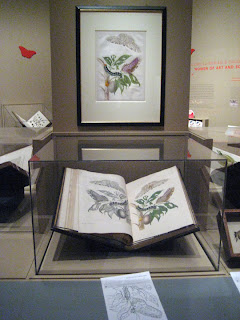
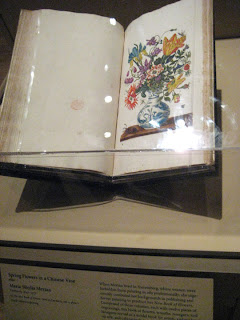


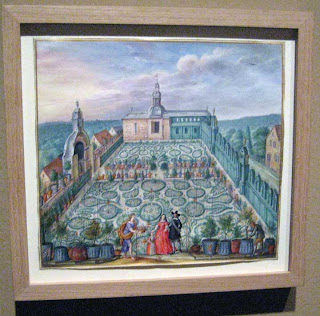 For more information on botanical watercolors, watercolor transfers and hand-colored engravings by Merian in the Arader Galleries collection, please visit www.aradersf.com or call 415-788-5115.
For more information on botanical watercolors, watercolor transfers and hand-colored engravings by Merian in the Arader Galleries collection, please visit www.aradersf.com or call 415-788-5115.

